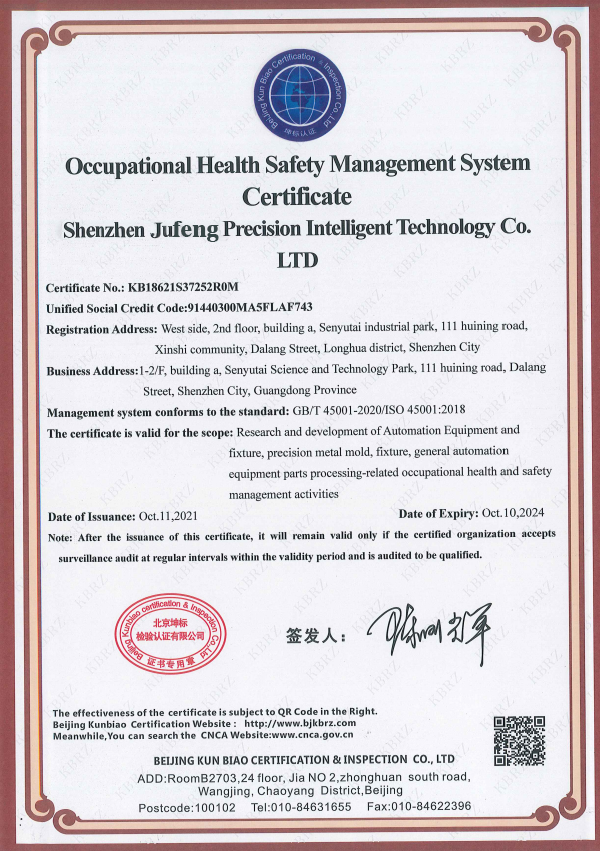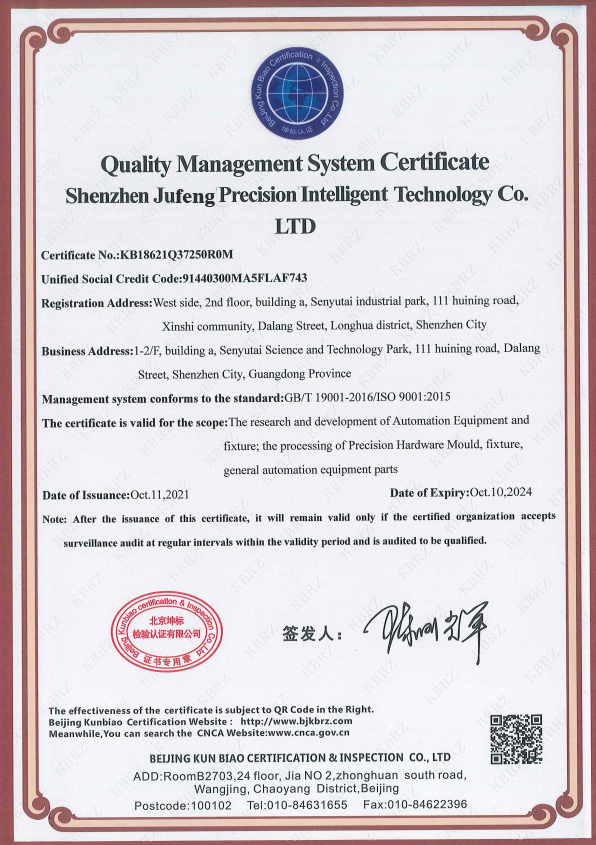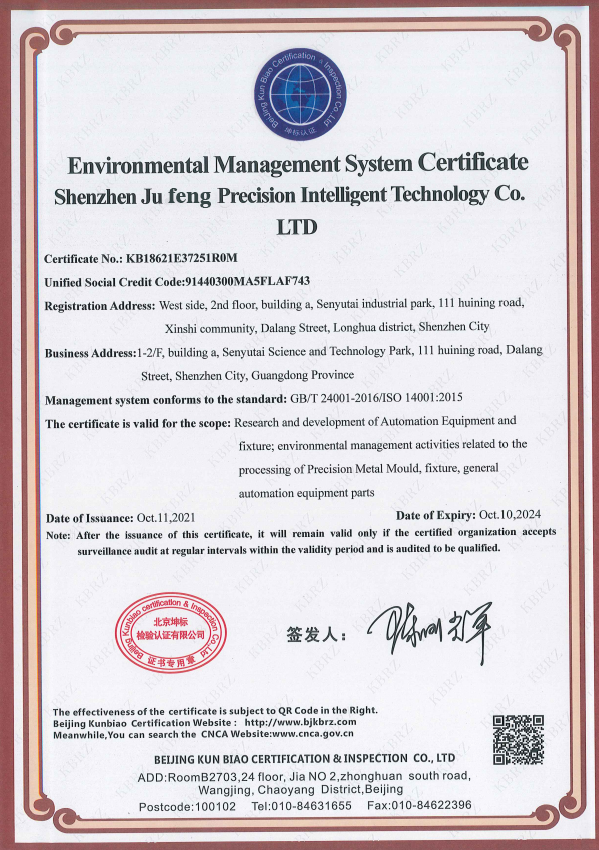News
Enhancing Quality Control with Automatic Detection Fixtures for Product Protrusion
In the realm of industrial equipment and components, precision and quality are paramount, particularly when it comes to tools and fixtures. One of the critical challenges manufacturers face is ensuring that product dimensions meet specified tolerances. This is where automatic detection fixtures for product protrusion come into play, providing an effective solution for monitoring and maintaining product integrity throughout the manufacturing process.
Automatic detection fixtures utilize advanced sensing technologies to identify and measure the protrusion of components automatically. By integrating these fixtures into production lines, manufacturers can achieve real-time monitoring, significantly reducing the likelihood of defects. The system can be designed to assess various types of protrusions, whether they involve dimensional deviations or unwanted surface irregularities, adding a layer of quality assurance to the production workflow.
One of the key benefits of using automatic detection fixtures is the reduction of manual inspection time. Traditional inspection methods often rely on human operators, which can lead to inconsistencies and errors due to fatigue or oversight. In contrast, automated fixtures provide a consistent, repeatable method of measurement, ensuring that all products are evaluated uniformly. This not only enhances the accuracy of the inspection process but also frees up valuable human resources for more complex tasks that require a higher level of expertise.
Moreover, automatic detection fixtures can be integrated with manufacturing execution systems (MES) to provide valuable data on production trends and quality metrics. This data can inform decision-making processes, enabling manufacturers to identify potential issues before they escalate into costly defects. By continuously monitoring product protrusions, companies can implement corrective actions promptly, thereby minimizing waste and optimizing production efficiency.
The design of these detection fixtures can be customized to suit various applications, accommodating different geometries and materials. Whether dealing with small precision components or larger industrial parts, these fixtures can adapt to meet diverse manufacturing needs. The use of modular designs also facilitates easy upgrades and maintenance, ensuring that the fixture remains relevant as production requirements evolve.
In conclusion, automatic detection fixtures for product protrusion represent a significant advancement in quality control within the industrial equipment sector. By automating the inspection process, manufacturers can enhance accuracy, improve operational efficiency, and maintain stringent quality standards. As the industry continues to evolve, embracing innovative solutions like these will be crucial for staying competitive and meeting the ever-increasing demands of the market.
Automatic detection fixtures utilize advanced sensing technologies to identify and measure the protrusion of components automatically. By integrating these fixtures into production lines, manufacturers can achieve real-time monitoring, significantly reducing the likelihood of defects. The system can be designed to assess various types of protrusions, whether they involve dimensional deviations or unwanted surface irregularities, adding a layer of quality assurance to the production workflow.
One of the key benefits of using automatic detection fixtures is the reduction of manual inspection time. Traditional inspection methods often rely on human operators, which can lead to inconsistencies and errors due to fatigue or oversight. In contrast, automated fixtures provide a consistent, repeatable method of measurement, ensuring that all products are evaluated uniformly. This not only enhances the accuracy of the inspection process but also frees up valuable human resources for more complex tasks that require a higher level of expertise.
Moreover, automatic detection fixtures can be integrated with manufacturing execution systems (MES) to provide valuable data on production trends and quality metrics. This data can inform decision-making processes, enabling manufacturers to identify potential issues before they escalate into costly defects. By continuously monitoring product protrusions, companies can implement corrective actions promptly, thereby minimizing waste and optimizing production efficiency.
The design of these detection fixtures can be customized to suit various applications, accommodating different geometries and materials. Whether dealing with small precision components or larger industrial parts, these fixtures can adapt to meet diverse manufacturing needs. The use of modular designs also facilitates easy upgrades and maintenance, ensuring that the fixture remains relevant as production requirements evolve.
In conclusion, automatic detection fixtures for product protrusion represent a significant advancement in quality control within the industrial equipment sector. By automating the inspection process, manufacturers can enhance accuracy, improve operational efficiency, and maintain stringent quality standards. As the industry continues to evolve, embracing innovative solutions like these will be crucial for staying competitive and meeting the ever-increasing demands of the market.




